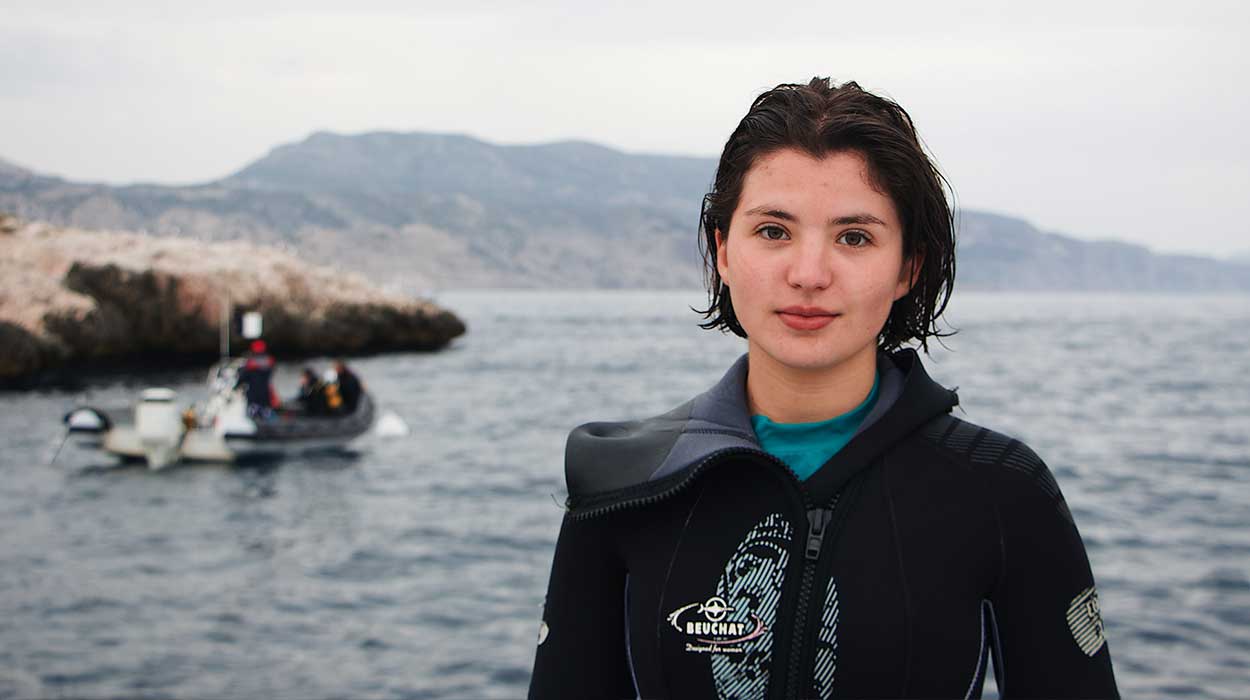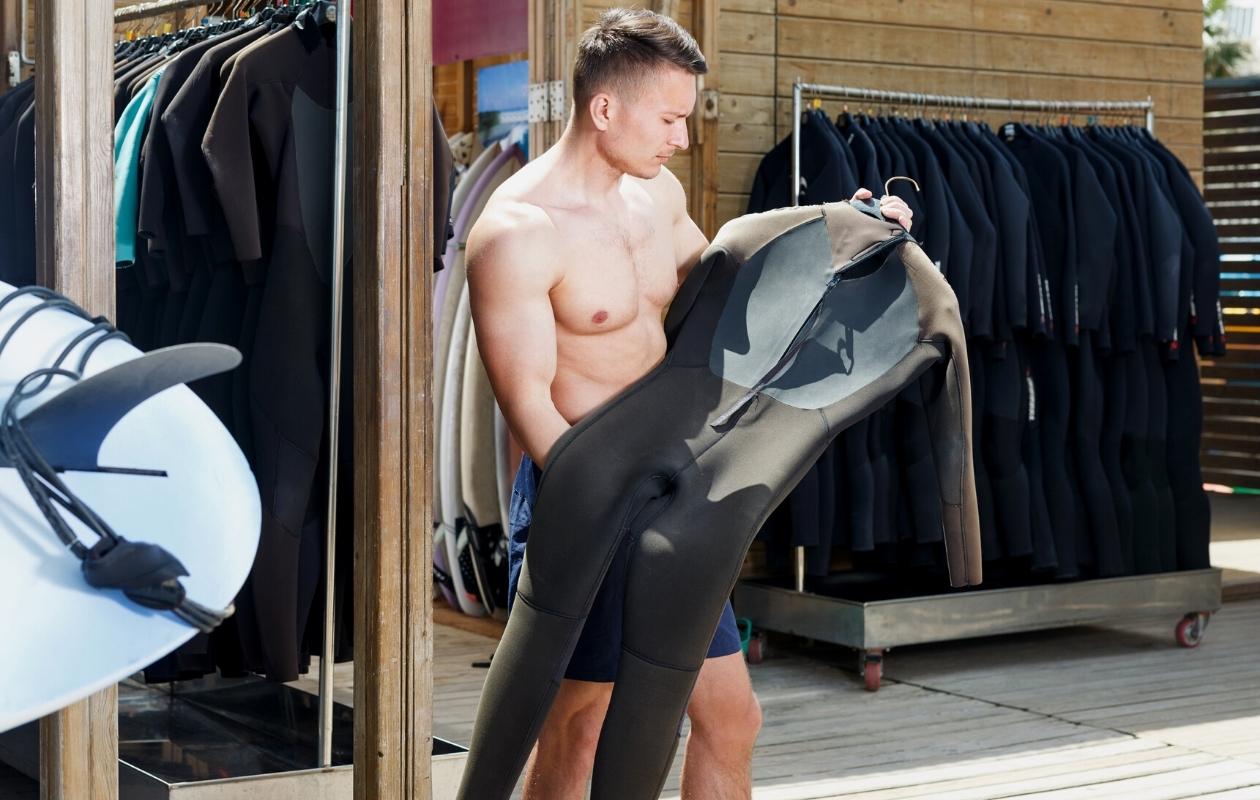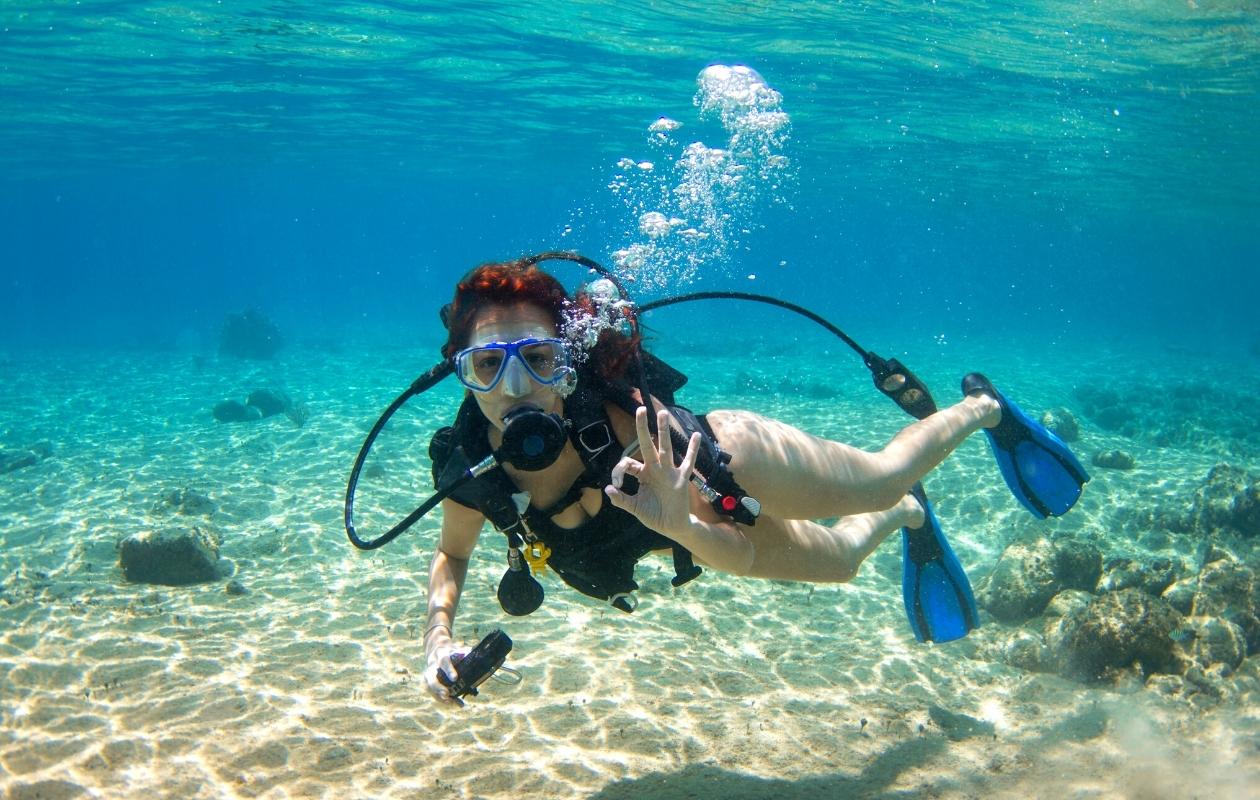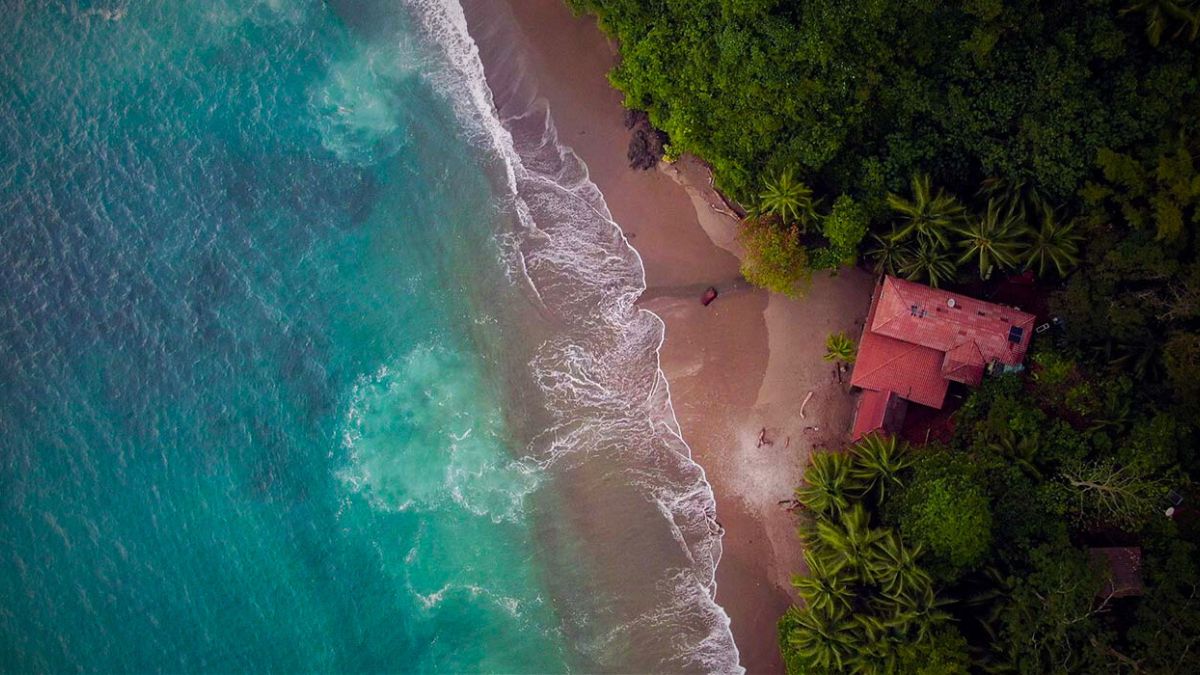Wetsuit is an integral part of a diver’s equipment. Even if you’ve never been diving, you’ll surely recognize that a diver has special clothing in addition to his cylinders and all his equipment. It can be a wetsuit or a drysuit, but today we will talk about how to choose the perfect wetsuit.
I think it’s important to start with why we need a wetsuit at all and how it works. Is it possible to dive without a wetsuit? Does thickness matter? You will find the answers to all these questions below. So let’s get started!
Why use a wetsuit for diving?
Scuba diving is great fun and a very safe form of recreation, for everyone. Even children can scuba dive, and the experience is unique. Of course, by going underwater, we enter a world that is not meant for us. We have to cheat nature a little bit, and for that we need all this diving equipment. So why use a wetsuit? First of all, it protects us from getting cold, because being underwater draws all the heat out of our body very quickly. Even if the water is tropically warm, staying in it for a long time can lead to hypothermia.

This is the main task of the wetsuit, namely to provide thermal comfort for our body. And how does it work in practice? As the name says, a wetsuit does not insulate you from the water, but works on a different principle. When you jump into the water, the wetsuit immediately becomes all wet, but it retains a thin layer of water due to its good fit. This layer remains between your body and the surface of the suit. Your body then begins to heat this layer of water and a thermal barrier is created between your body and the water outside. The key, however, is to have a good fit, otherwise the water will constantly flow in and out and you will never create the thermos effect.
What is a diving wetsuit made of?
Ok, so we already know how the wet suit works and what its purpose is. Now let’s say what it is made of. I emphasize that we are only talking about wetsuits, not drysuits. About dry suits, you can find another text on our blog.
The wetsuits are made of neoprene rubber, a closed-cell foam that traps millions of tiny air bubbles in its structure. However, it is not a material like an ordinary dishwashing sponge. Neoprene has precisely the difference that, thanks to its closed structure, it will not soak up water. In addition, these air bubbles trapped in the structure of the neoprene will also increase the insulating layer between your body and the environment. As you can see, this is a very simple yet clever solution.
How to choose the best wetsuit for diving?
Let’s now turn to the most important issue, namely how to choose the right wetsuit for diving. It may seem simple, but believe me that your comfort while diving will depend on the choice of a good diving suit. So we need to choose a good wet suit.
Here the task will not be easy at all, as manufacturers are outdoing themselves in coming up with new solutions to attract customers. I also often see diving suits of strange brands that I do not recognize or even without any manufacturer’s markings. The problem with such suits is that the price may be more attractive, but unfortunately at the sacrifice of quality.

In our authorized dive center we have many different models of wetsuits from different manufacturers. And from this experience I can tell you which ones retain their properties even after many dives, and which ones fall apart in your hands after a short time. So the conclusion is that it is not worth looking at cheap solutions or “no name” products. It just doesn’t pay off.
Diving wetsuits – what are the types and differences?
So let’s discuss what differences you may encounter when choosing a good wetsuit. As I mentioned earlier, there are many manufacturers and many models of wetsuits from which to choose. How do you figure it out?
Wetsuits by material
- Single Lined Wetsuit – such a suit has a smooth outer surface and looks like rubber. It is usually warmer than the double-lined type. In this type, the fabric lining is only on the inside of the suit. The difference is also that this outer layer is easier to damage, so you need to be more careful when pulling off and putting on.
- Double Lined Wetsuit – double-layer has the same inner lining as single-layer, but the difference is that the outer neoprene foam is also protected by the fabric. The advantage of this is that it increases the durability of the neoprene foam and protects the suit from tearing.
Wetsuits by construction
- Long wetsuit – the best wetsuit for diving in different waters, as it covers a large area of the body and insulates well.
- Short wetsuit – wetsuits with short legs and sleeves. Such suits are suitable for use in warm waters.
- Short Arm – wetsuits with short sleeves and long legs.
- Long Arm – foams with long sleeves and short legs.
- Two-piece wetsuits – used less and less often, the “bottom” and “top” are worn separately.
Wetsuits by thickness
Here we come to another important aspect – the thickness of the wetsuit. Wetsuits with a thickness of 2-3 mm are dedicated to waters where the temperature exceeds 25 degrees Celsius (77 degrees fahrenheit). For the most part, they are one-piece products, and can be short or long. Second in the classification of thickness are wetsuits with a thickness of 5 millimeters, which are great for waters such as the Mediterranean, but also in the Red Sea outside the summer season.
The thickest are 7-millimeter-thick wetsuits designed for waters below 10 degrees celcius (50 degrees fahrenheit). Some people dive in them even in winter. People who dive in cold waters practically always buy a basic 5 or 7 millimeter wet suit and an additional warmer of similar thickness, which further protects our chest. It can have an integrated hood, making it difficult for water to enter from the neck.
What thickness of wetsuit should I choose?
This is a question that only you can answer. And to answer it well, you will have to do some diving and try different solutions. There is no rule here that dictates buying a wetsuit of a certain thickness or type. In our dive center we have customers who choose to dive in just briefs and in the same boat we have customers who are cold in a 5mm wet suit. It is a very individual or even intimate matter in which suit you feel most comfortable.

However, think about what waters you’ll be diving in most often and whether it’s worth buying, for example, a heavy 7mm wetsuit in which you’ll simply be too hot. Maybe a 5mm will be optimal for most diving expeditions? Or maybe even a 3mm wetsuit will give you the comfort you need. It really just depends on you.
How to clean a scuba wetsuit?
So, you already have your beloved wet suit for diving and you are satisfied with its quality and the comfort it gives. Now it’s time to think about what to do to preserve its quality for as long as possible. Every piece of diving equipment, whether a diving mask, BCD or regulator, must be properly cleaned and checked. The same goes for your wetsuite.
- after each dive, make sure to rinse your wetsuit thoroughly in water with mild detergent. Make sure all corners are rinsed well, as nothing damages diving equipment like sea salt.
- after washing, rinse the suit again in fresh water to get rid of any remaining salt and detergent.
- hang the suit on a strong diving equipment hanger and let it dry. Do not expose the suit to direct sun, but only leave it in a warm and well-ventilated place.
- store the wetsuit hanging in a well-ventilated area. Do not roll it up and pack it in a bag. Remaining moisture can cause the wetsuit to become moldy before you put it back on.
How much does a scuba wet suit cost?
When it comes to the price of a diving suit, the differences can be quite significant. I think it’s safe to assume that a good quality wetsuit can be bought for $150-$200. This figure will allow you to choose a good brand and a good quality product that will serve you for a long time and not fall apart after a few dives. What usually fails first in cheap wetsuits are the seams. In our dive center we have several such suits of lower quality and I see that after literally several uses their seams fall apart. This makes such a suit suitable only for trash… What is the conclusion? Don’t go for the lowest price, because it doesn’t make sense.
Can I go scuba diving without a wetsuit?
Of course you can, you are an adult 🙂 The question should be whether this is a good idea. I personally think that diving without a wetsuit is not a good decision, regardless of the water temperature. A wet suit for diving is not only to keep you comfortable thermally, but also to protect your body from damage.

When a strong current presses you against a rock, or small jellyfish start steaming, it’s better not to take it all on your bare body then. What’s more, you can get into the thermocline, that is, a current of cold water, and it will no longer be so pleasant. In a word, diving without a wetsuit is not a good idea and a good diver is unlikely to do so.
Wetsuit for scuba diving – let’s recap
Let’s summarize what we know about diving suits. The fact is that it is necessary. But its thickness and type you must choose based on your own tastes and experience. Of course, any good diving instructor will be happy to tell you what to look for, and in dive centers you can try on different types. But ultimately the decision is yours. Don’t buy crap and don’t dive like an amateur…. that is, without a wetsuit 🙂





